Telecommunications has caused a revolution in how we talk to each other, letting us connect with folks all over the world in no time. If we understand how telecommunications work and where they came from, we can see how cool this technology is.
The Basics of Telecommunications
Telecommunications is about sending information over long distances using electronic stuff. This includes phones, the internet, radio, TV, and other things. The process has a few main parts:
- Transmitter: Changes information into a signal.
- Transmission Medium: Carries the signal (like copper wire, fiber optics, or radio waves).
- Receiver: Changes the signal back into information we can use.
- Network: Links up lots of transmitters and receivers.
How Telecommunications Work
1. Signal Transmission
The transmitter changes data into a signal that's good for sending. This could be electric pulses, light signals, or radio waves.
2. Medium of Transmission
The signal goes through a transmission medium. This can be physical stuff like cables or wireless things like radio waves. People often use fiber optics because they're super fast.
3. Signal Reception
The receiver on the other side catches the signal and turns it back to what it was before, whether that's someone talking, computer information, or moving pictures.
4. Network Connectivity
The internet and phone networks are examples of telecommunications systems that link senders and receivers. These networks use different technologies to send signals to the right place. They make it possible for people to connect over long distances.
1. Early Beginnings
Telecommunications has a rich history that stretches back to ancient times. People used smoke signals and drums to communicate over long distances. Samuel Morse's invention of the telegraph in 1837 kicked off the era of modern telecommunications.
2. The Telephone
Alexander Graham Bell's invention of the telephone in 1876 caused a revolution in personal communication. It allowed people to transmit voices over long distances.
The early 20th century brought radio and television. These technologies gave the masses wireless communication and entertainment.
The late 20th century brought the internet. This new technology has changed telecommunications. It connected people and let them share information.
Modern Telecommunications
Telecommunications now covers many technologies such as cell phones, satellite communications, and the internet. New tech keeps making telecommunications faster more reliable, and easier to access.


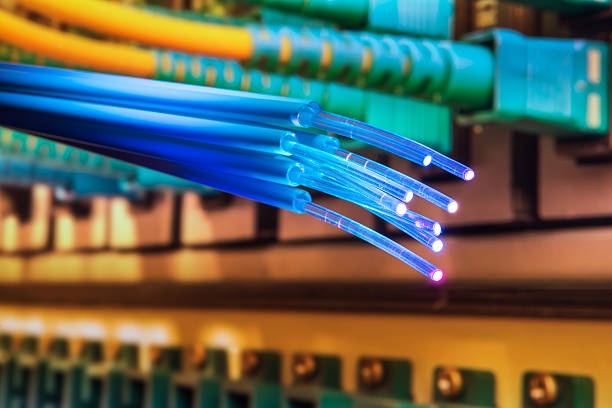
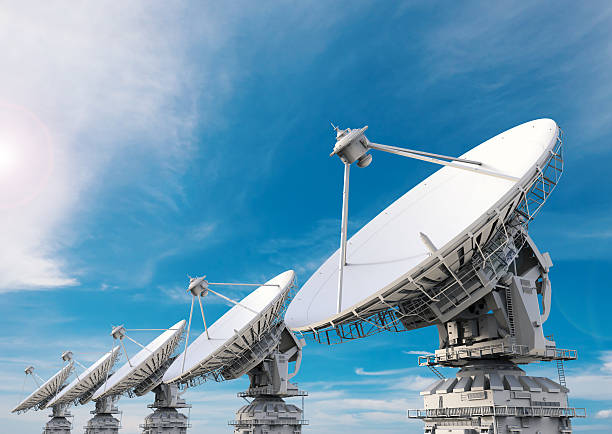
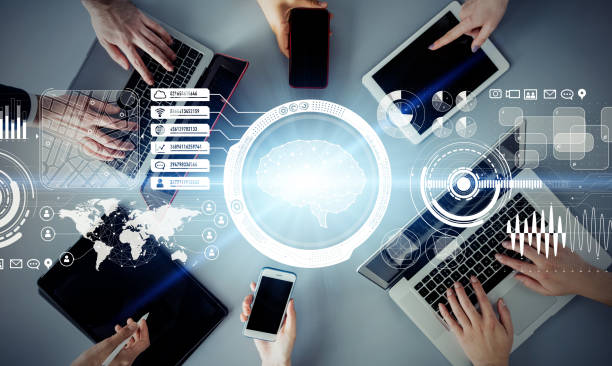

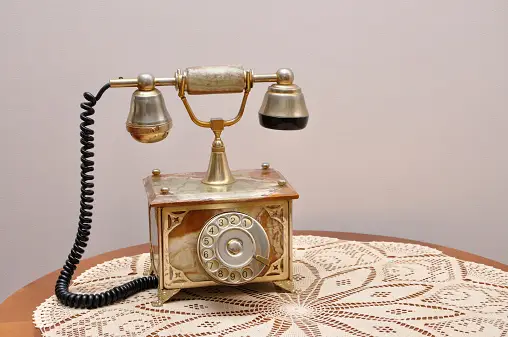

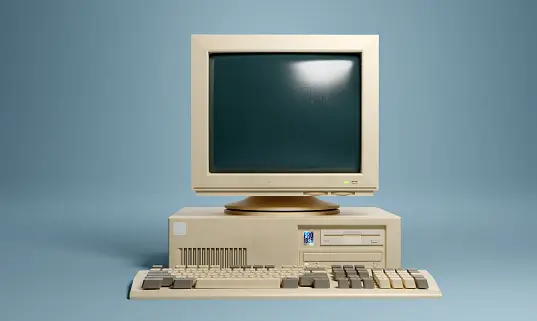





Comments
Post a Comment
👋 Hey there! Thanks for stopping by Quick Bits. We’d love to hear your thoughts! Share your Feedback, questions or just how your day is going below. Let’s keep the conversation going! 📝✨